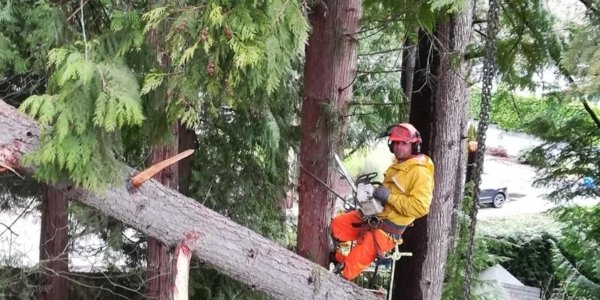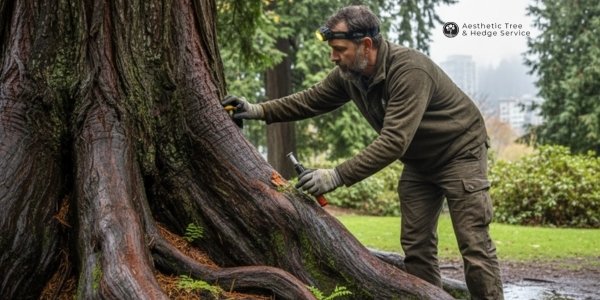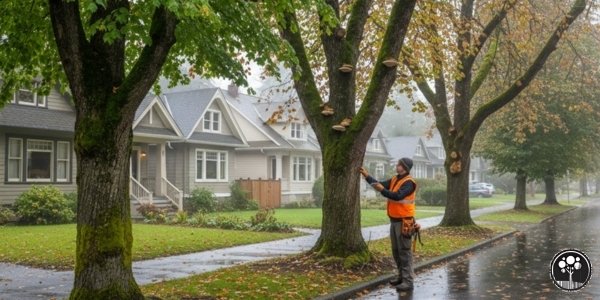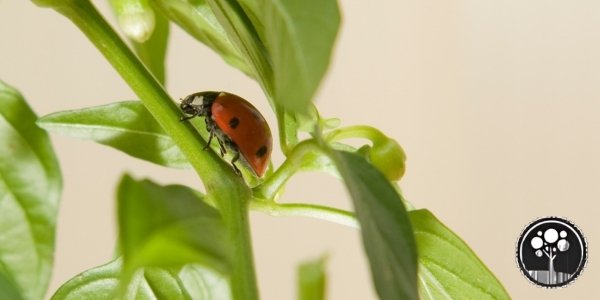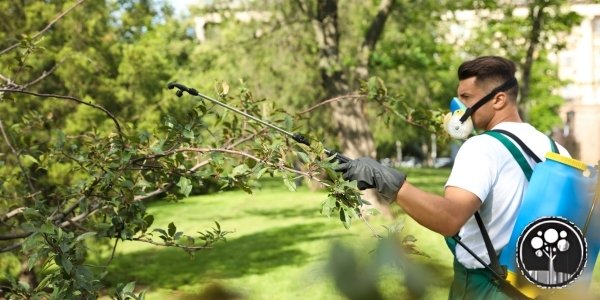Tired of poor quality fruits? Pruning is an essential method of improving the vitality of a tree and hence its fruit. Learning when and how to prune fruit trees is an essential art that a landscape caretaker should possess. A number of reasons can necessitate pruning. When a fruit tree is growing vertically with no side branches, pruning can stimulate the growth of branches at desired points. Pruning generally stimulates growth and can help your fruit trees increase in height.
Do you have a tree with uneven branches or even a fruit tree that is too tall? All these undesirable characteristics in your fruit trees can be corrected through pruning.
So, what are the objectives of pruning?
Allowance of light penetration to all leaves and fruit buds to allow proper development and maturity of fruits.
Size control of the tree. Some tree can be too tall or even grow huge unstable branches. Pruning can help a fruit farmer achieve desired tree sizes.
Removal of damaged wood. Tree disease and insect infestation can result to dead branches and wood that can cause further injury to the tree if not removed.
Helping a tree achieve a strong structure. Pruning tames upward growth allowing for thickening of trunks. This improves the strength of the tree allowing it to hold more fruits.
When to prune fruit trees?
For development of a strong tree structure the initial pruning is very essential. Thereafter pruning is not necessary often unless under the special conditions outlined above. Trees should be pruned when they are still in the dormant phase before buds start sprouting. This period is just at the start of spring or during late winter. Pruning at this point provide numerous advantages to your trees. When active growth resumes the wounds heal fast. At this point when there are no leaves on the tree, it is easy to identify the damaged branches and undesirable branches. It is important to note that pruning during winter can cause damage of the trees by the subzero temperatures that occur.
The first three years should be dedicated to removal of secondary stems, downward growth, crossing branches and managing the scaffold. The scaffold branch forms the basic framework of a tree. All the branches that develop from the scaffold are the secondary branches. In immature trees pruning is only necessary to remove downward weak branches, dead wood and water sprouts. Fruit trees that have been neglected require special attention since the hard wood can easily break or split.
Young tree should be pruned right after planting. The main trunk should be trimmed down to between 24 and 34 inches. This however depends on the height requirement of the mature tree. If a tall fruit tree that can provide shade is desired then the cut should be made at a higher point on the young tree. If a fruit tree is not growing well during the first three years, heavy pruning is allowed.
Steps
- The first step should be cleaning up all the dead, damaged and diseased branches. Any sprouting at the base of the trunks should also be removed. Water sprout are the perfectly vertical twigs emanating from branches. These should also be removed.
- Thinning out. This will involve the removal of branches crossing each other those growing downwards and towards the center. This improves the penetration of light which reduces incidences of pests and disease infestation and hence increasing yield. Thinning out should achieve a distance of between 6 – 12 inches between branches depending on the size of the branches.
Directions on making the pruning cut
Selection of the tool depends on the thickness of the branches. The required tools range from hand shears, loppers, fine toothed pruning saw and a ladder. Shear are a scissor type used to cut small branches up to a quarter an inch in diameter. Loppers can be used on branches between a quarter and a half inches of diameter. The saw is necessary in the thicker branches and in heights where the other two tools cannot be used. This is mostly at the third year of growth. The ladder should prevent the pruner from stepping on the branches to avoid breakage. Cutting should be made close to the remaining branch to avoid leaving a stub.
